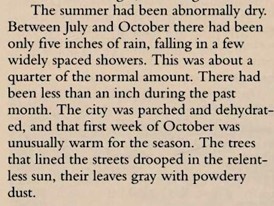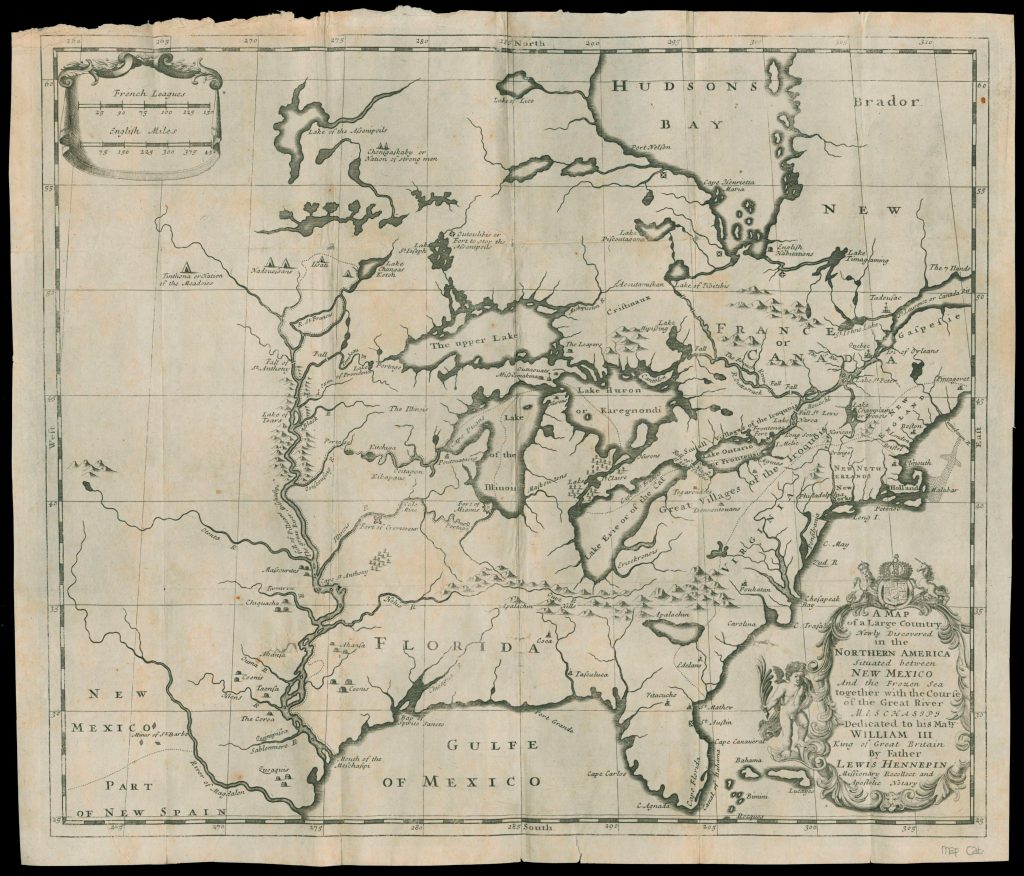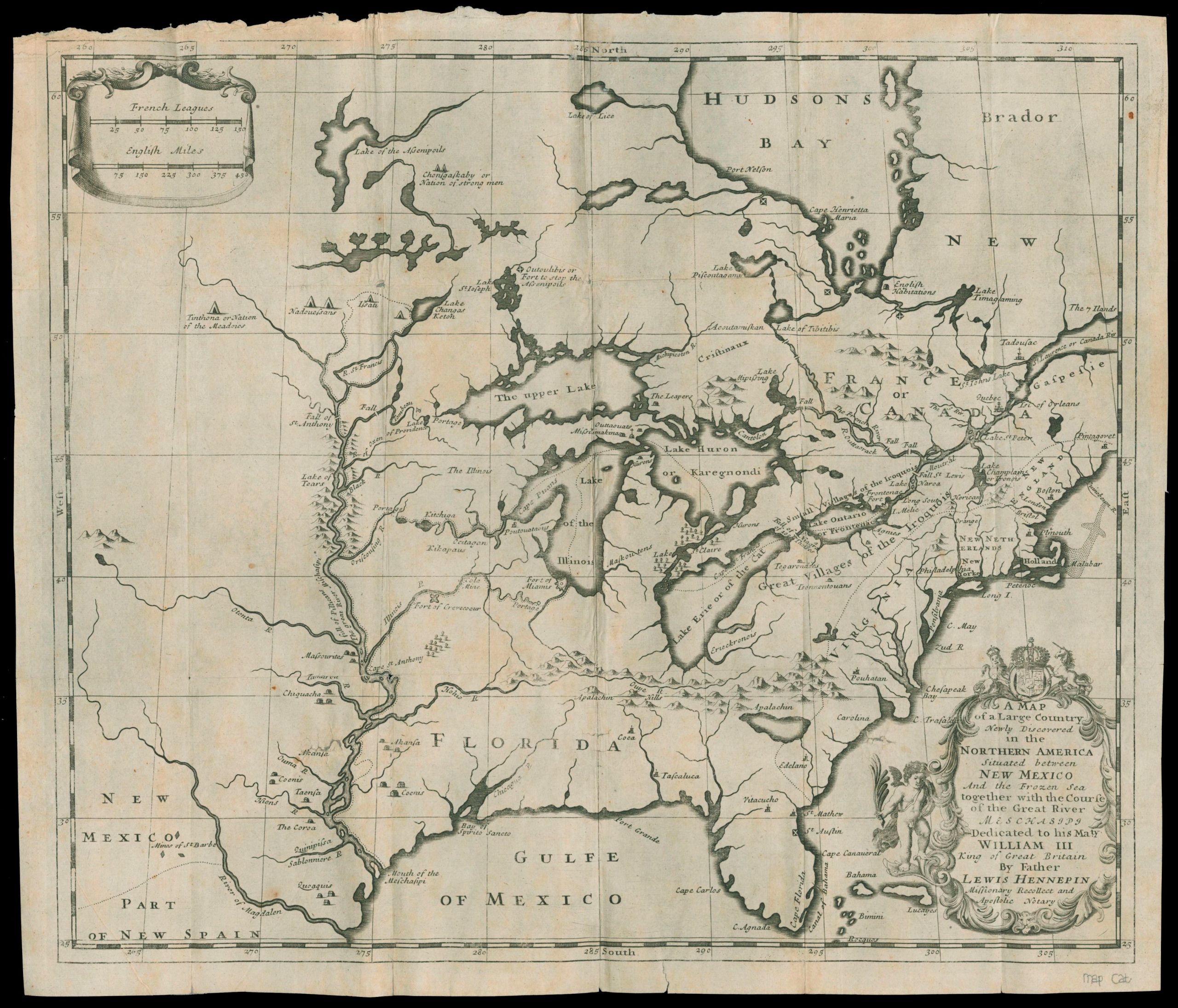Materials – Available for Download in the Downloads Tab:
- A copy of the Skills Lesson
There are three types of sources that you will often find in instructional material: primary, secondary, and tertiary.
History is an investigation, and primary sources are the clues. A primary source is direct evidence of the nature of a time, place, or event. It must have been produced by participants or witnesses to the event, situation, or historical time period being investigated. Primary sources can be written accounts. They can be diaries, letters, or oral histories. They can be legal records. They can be photographs, films, videos, or audio recordings. Artifacts, items produced by humans during a particular era (such as clothing, tools, or vehicles), are also primary sources. There are many different kinds of primary sources.
This is a primary source.

This is a primary source too.

A lot of things that people think of as primary sources are actually secondary sources. A newspaper article is a primary source only if the person who wrote it is reporting what they saw and heard. If they are reporting what other people told them, the article is a secondary source. But direct quotes from witnesses that are included in the article may be primary source material. In history, secondary sources usually comment on, evaluate, or synthesize primary sources. They include biographies, books, and magazine articles about a particular subject, even your aunt telling you what your grandmother told her about a family event or situation.
This is a secondary source, an excerpt from the book The Great Chicago Fire, by Robert Cromie. He got the information to write this from primary sources.

The third kind of source is called a tertiary source. Your textbooks are tertiary sources. So are encyclopedias and dictionaries. These books get their information from the best secondary sources they can find. Wikipedia is a tertiary source, and it has very strict rules to keep people from posting anything that isn’t confirmed by primary and secondary sources.
There’s not a really clear line between tertiary and secondary sources. Most of the time, it’s really not important to make the distinction. What’s really important is to know whether something is a primary source, and what the source of information is about.
This map, for example, is a primary source of information. But it’s not a source of information about what this part of the world looked like in 1613. It just tells us what people thought it looked like. And that’s important information, too.

Download the following materials below:
- A copy of the Skills Lesson



